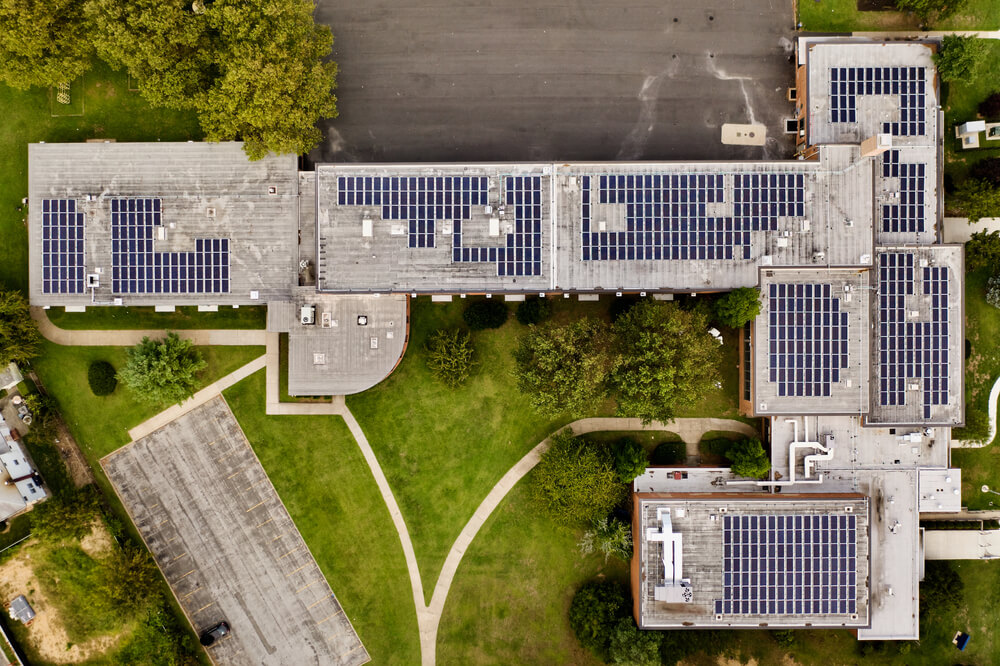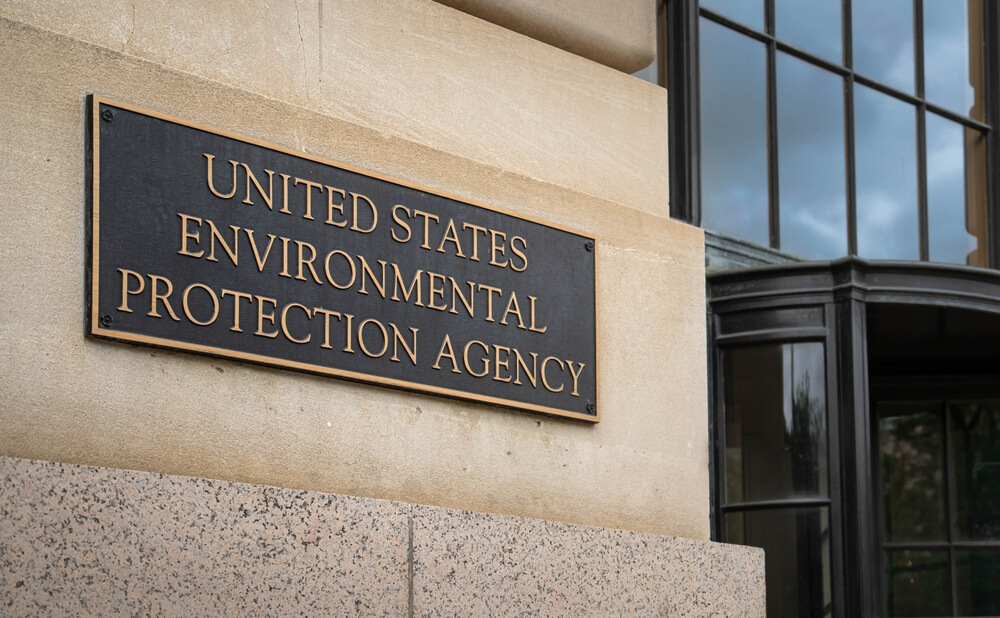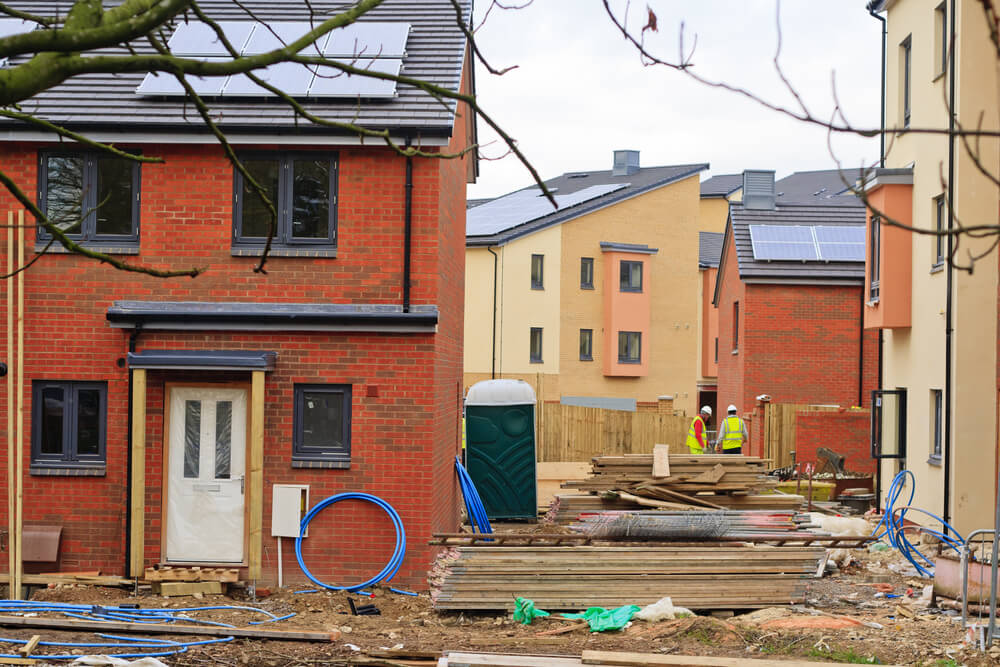ImpactAlpha, March 23 – Policy makers are embracing bottom up strategies to address interlocking challenges if COVID-19, inequality and racial justice.
The $1.9 trillion federal American Rescue Plan prioritizes families, individuals and the growing precariat. The same thinking is poised to transform local economic development, which for decades has looked outside for solutions.
The idea, says Local Initiatives Support Corp.’s Annie Donovan, is to “prioritize the people who live in those places and the assets that they bring.”
The new model: A systems-level approach informed by local voices and focused on areas that have the greatest potential to benefit from investment. “Community-Rooted Economic Inclusion, a strategic action playbook” from LISC and Brookings’s Bass Center for Transformative Placemaking, draws on pilot initiatives in Los Angeles, Indianapolis, and Philadelphia as blueprints for such inclusive placemaking.
Action plan
The playbook prioritizes five steps including identifying target neighborhoods and assembling coalitions to crafting plans to integrate community, economic, and workforce development efforts in underinvested communities.
One key: civic infrastructure. LA’s action plan calls for a “Crenshaw Corridor Resiliency Hub” to formalize networks between mutual aid groups and local businesses, and provides resiliency funding for community-based organizations. Building on the work of a local partner, Indianapolis is creating new support systems for Hispanic and Haitian residents and businesses, including a new workforce development provider.
Recovery funds
While the federal investment is historic, “cities, neighborhoods, blocks and households will be where the rubber hits the road in terms of the ability of this investment to deliver for the most distressed communities,” write Bruce Katz and Colin Higgins of Drexel University’s Nowak Metro Finance Lab.
Among their suggestions for how local governments should deploy federal recovery funds: Ensure that public resources catalyze private and civic investment.











